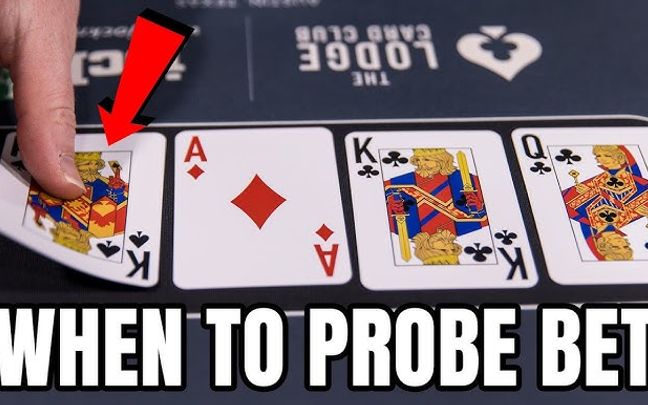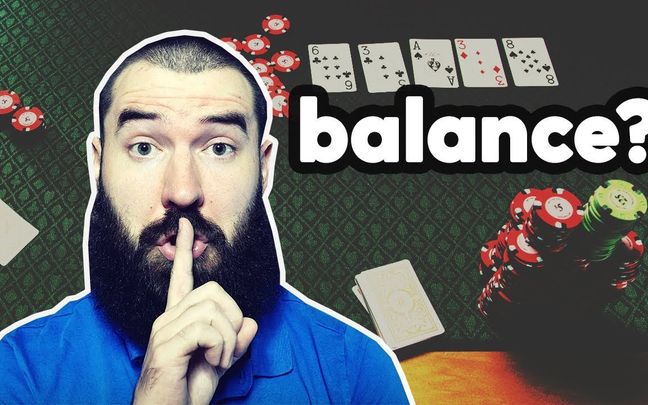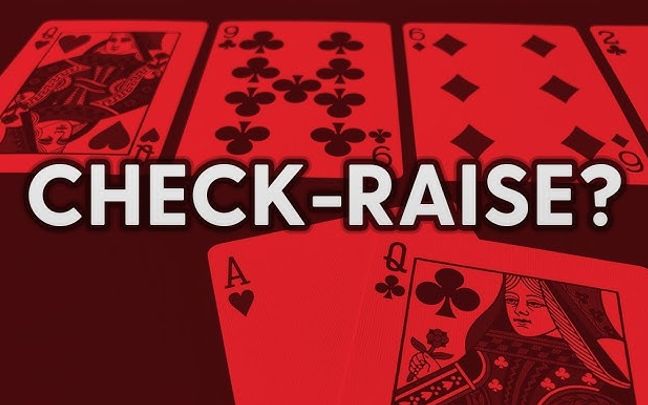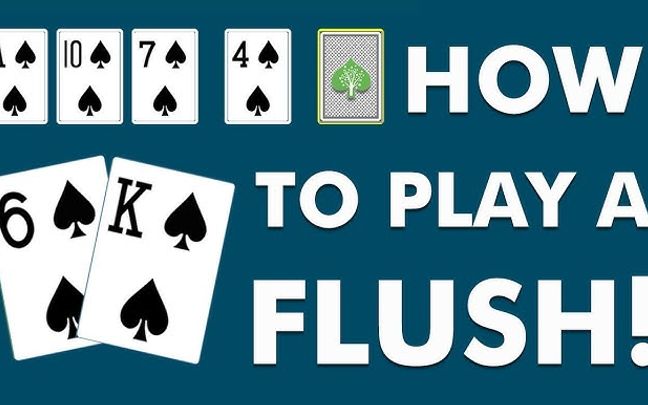3-bet preflop is one of the most important and powerful strategies, especially in the early stages of a poker hand. This action not only demonstrates the strength of your hand but also provides an opportunity to adjust your opponent's strategy and control the game from the start.
By understanding 3-bet preflop, you can make the most of opportunities and optimize your chances of winning in poker games. In this article, we will delve deeper into 3-bet preflop, from its significance and the strategies involved to the benefits it brings to the game.

When you perform a 3-bet preflop, you are demonstrating a strong hand.
Definition of 3-Bet Preflop in Poker
3-bet preflop refers to an action during the preflop stage (before the community cards are dealt) of a poker hand. To understand this better, here are the specific steps:
-
Raise: When a player opens the betting (raise) after the first player has called or bet, they have made a "raise."
-
Re-Raise: If the second player decides to increase the bet further after the first player has raised, the action of the second player is called a "3-bet."
Example:
-
Player A makes an initial raise from an early position.
-
Player B from a subsequent position decides to make a 3-bet.
When a player performs a 3-bet preflop, they are not only increasing the bet but also signaling the strength of their hand with the aim of either stealing the pot or building a larger pot with a strong hand.

A 3-bet preflop helps you apply pressure on your opponent, forcing them to make a difficult decision.
Factors to Consider When Facing a 3-Bet Preflop
When facing a 3-bet preflop in poker, especially in No-Limit Texas Hold'em, there are several factors to consider in order to make an optimal decision. Here are the important factors you should take into account:
Your Position
Position in poker is crucial; when facing a 3-bet preflop, your position significantly affects how you should respond. If you are in a late position, you have more information about your opponent's actions and can make a more informed decision. Conversely, if you are in an early position, facing a 3-bet preflop may require you to consider your hand strength and the opponent's potential range more carefully.
Opponent's Position
Understanding the position of your opponent when they make a 3-bet preflop is very important. If your opponent 3-bets from an early position, they are likely to have a stronger hand. On the other hand, if they 3-bet from a late position, they might be trying to exploit perceived weaknesses in your range or challenge you with a wider range of hands.
Size of the 3-Bet
The size of the 3-bet is also crucial. If the opponent 3-bets preflop with a large size, it may indicate that they have a strong hand or are trying to force you to fold. If the 3-bet size is small, it could suggest that they have a wider range of hands and might be more exploitable. Adjusting your hand range based on the size of the 3-bet can help you make better decisions.
Your Hand
Consider the strength of your hand when facing a 3-bet. If you have a strong hand such as AA, KK, or AK, you may want to continue and even consider a 4-bet to maximize value. If you have a weaker hand or just a small pair, you need to carefully consider whether to continue or fold.
Previous Actions
Your history in the game also affects your decision. If you have been making aggressive plays or have been called or raised multiple times, your opponent might be trying to exploit perceived weaknesses. In this case, you should adjust your hand range or change your approach.
Ability to Read Opponents
Your experience and ability to read opponents are also very important. If you have information on how your opponent 3-bets preflop, you can determine whether they frequently 3-bet with weak hands or only with strong ones. Analyzing their behavior, including how they play after a 3-bet and other factors, will help you make better decisions.
Stack Size
The stack size of you and your opponent is another crucial factor. If your stack or the opponent’s stack is very large, continuing to play might become more complex, and you need to consider whether to maintain or alter your strategy. If your stack is smaller, you need to make quicker decisions and might need to go all-in or fold.
Overall Strategy
Finally, considering 3-bet preflop should be part of your overall strategy. If you have established a particular image at the table and your opponent has reasons to believe you hold a specific hand, it will influence how they perform their 3-bet and how you should respond. Having a clear and consistent strategy will help you make better decisions when facing a 3-bet.

A successful 3-bet preflop can reduce the number of opponents remaining in the hand.
When facing a 3-bet preflop, many factors need to be considered. Evaluating your position, the opponent's position, the size of the 3-bet, the strength of your hand, your previous actions, your ability to read opponents, stack size, and overall strategy all play important roles in making the best decision. Considering all these factors will help you make informed decisions and optimize your success in the game.






















